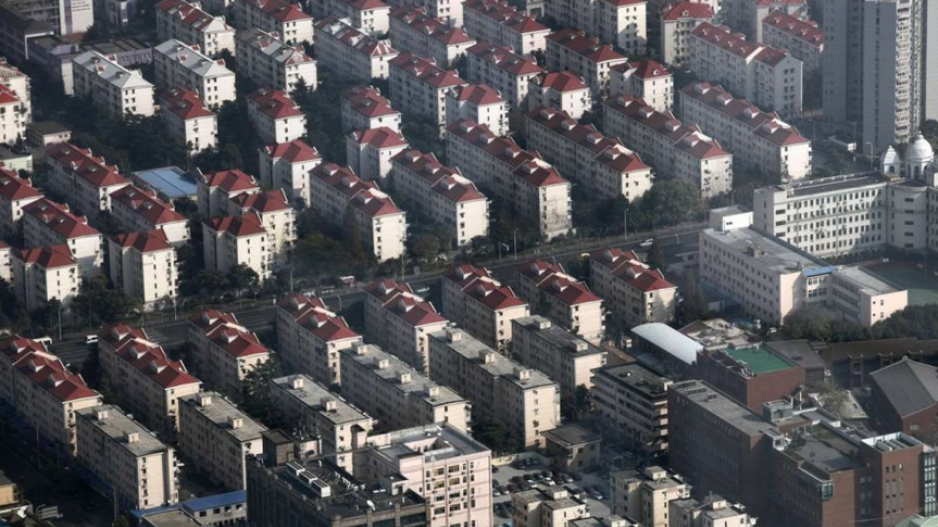China’s residential property market continued to lose heat in January, with 14 out of 15 cities under the government’s scrutiny reporting declining or unchanged prices, in the latest evidence that the state’s heavy-handed curbs on the property market are having an effect.
Guangzhou was the sole city among the 15 major cities to defy the government’s attempt to deflate the property bubble, with January prices rising 0.6 per cent from the previous month, marginally slower than the 0.7 per cent month-on-month gain in December, according to data released by the National Bureau of Statistics Wednesday.
Shanghai’s prices of new homes fell 0.1 per cent in January, compared with December, according to data by the National Statistics Bureau, while Beijing prices were unchanged.
As many as 20 provincial and local authorities across China rolled out a raft of administrative measures starting last October to restrict mortgage loans, curb second-home purchases and crack down on developers who were overbuilding on cheap financing.
Additional measures were introduced after the Lunar New Year, including the government’s direct intervention in new home prices, increases in mortgage rates and an outright ban on asset managers channelling their funds into the property market of 16 cities. The 16 cities are those 15 cities closely monitored by NBS plus Suzhou.
The latest data suggest “further stabilising” among the first and second-tier cities in China, said Liu Jianwei, an economist with the NBS.
Among a broader group of 70 cities monitored by NBS, new home prices gained in 45 cities last month, down from 46 in December. Prices fell in 20 cities and were unchanged in five.
Still, the prices of pre-owned homes staged a stronger growth among some of the larger cities, as a scarcity of new homes attracted buyers to buy second hand. Pre-owned home prices in Beijing rose 0.8 per cent in January compared with a month earlier, a rebound from December’s month-on-month growth of 0.2 per cent. Hangzhou’s second-hand home prices advanced 0.5 per cent in January, compared with a 0.1 per cent contraction in December.
Ren Qixin, deputy general-manager of Yahao Real Estate, a Beijing consultancy, said “tightening” will be the ethos of China’s property market this year. After raising mortgage rates for homebuyers in the biggest cities, Beijing and Tianjin began to impose a cap on maximum home prices during land auctions, while Guangzhou, Shenzhen, Hangzhou and Zhengzhou imposed cap on land bidding prices.
Beijing went a step further to vow that home prices would not be allowed to rise this year, and one of the latest steps to achieve this goal is to slash residential land supply by nearly a half in 2017, according to official supply plan.
Si Zhi, a vice-president at Soufun Holding, said new home prices, as well as the quota for private residential developments, are “increasingly irrelevant” for ordinary people because new home supply within the city is scarce and targeted at rich people. Less well-off people should look at suburban secondhand homes or new homes in surrounding Hebei cities.
However, policy tightening in the 16 cities contrasted starkly with third and fourth-tier cities, where the chief problem is a massive home glut and flat or declining prices. On Tuesday, both land authorities in Shanxi and Shandong stipulated in documents that residential land supply in those cities that face inventory pressure should “reduce or halt” such supply, in an effort to deplete the mounting stockpile of existing unsold homes.
Read the original article on the South China Morning Post.




